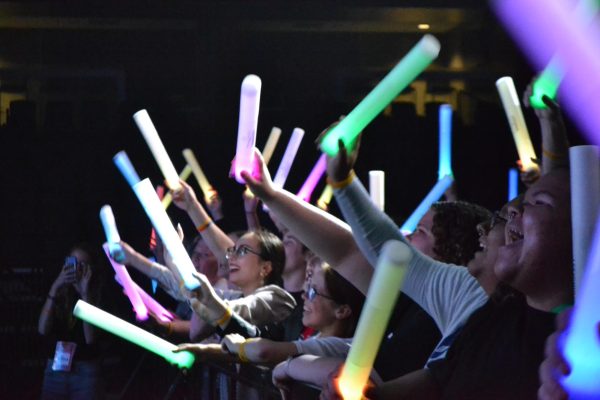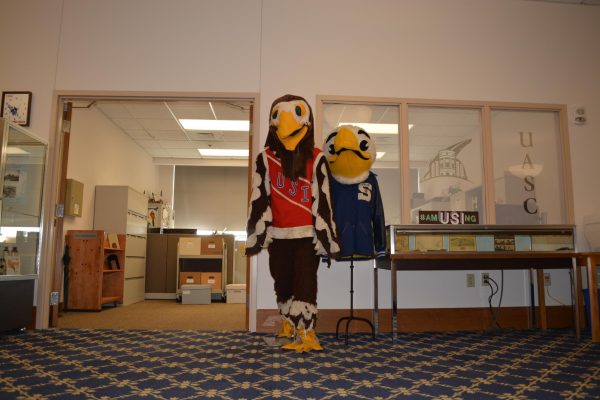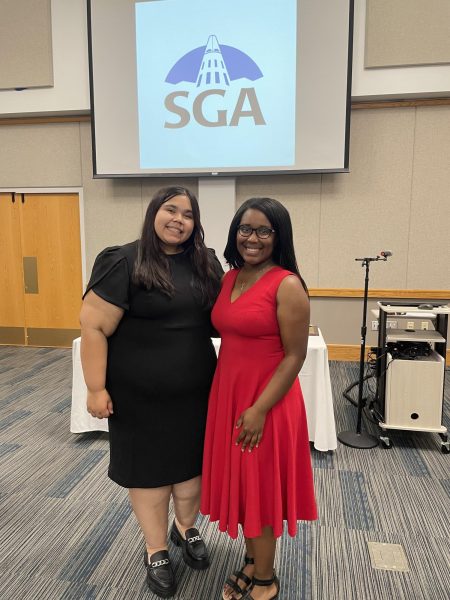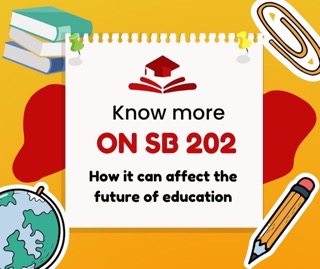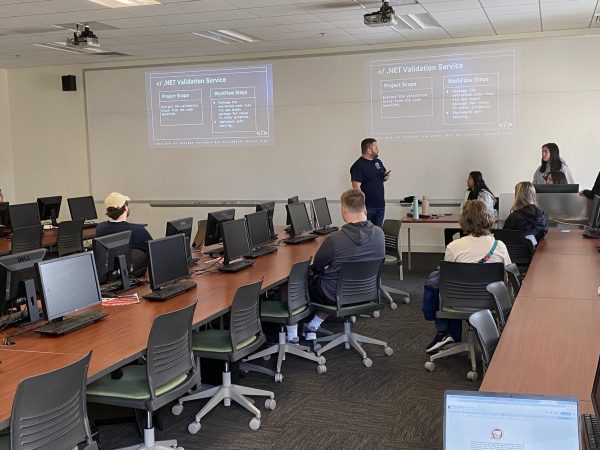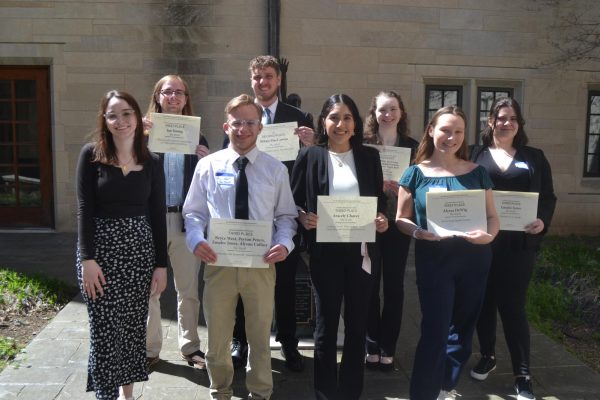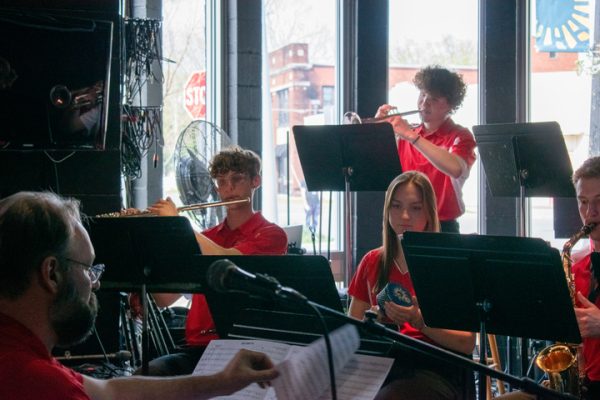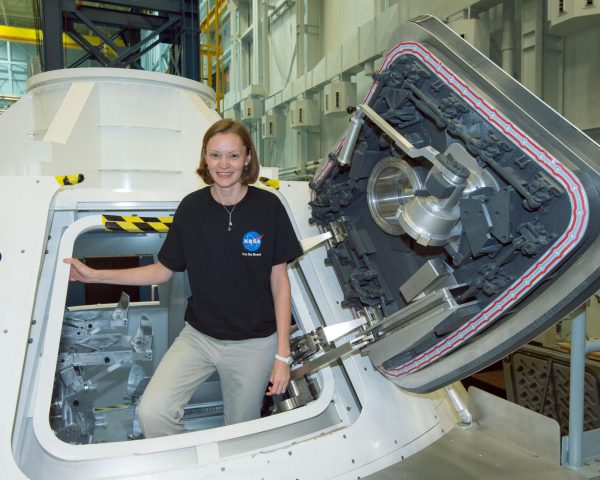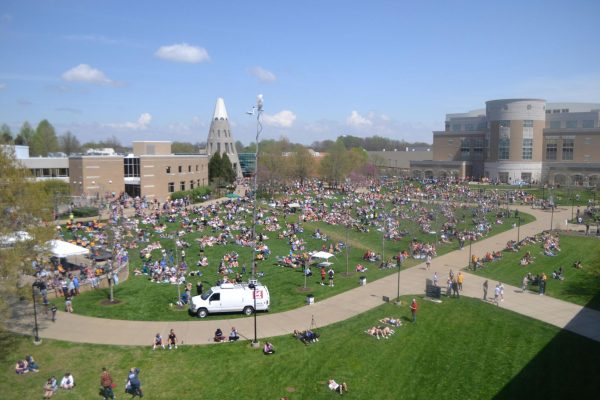University program brings community leaders together
The Connect with Southern Indiana program involves 18 community members from various backgrounds and met for the first time Friday.
Sally Gries said the first 2016 Connect with Southern Indiana meeting Friday left her “interested and curious.”
The 10th annual program is designed to foster networking and innovation while educating participants about nine different counties in Indiana: Dubois, Gibson, Knox, Perry, Pike, Posey, Spencer, Vanderburgh and Warrick.
“(The Connect program) will help me be more aware of the university and what we do in the region,” Gries said. “It will be good for me to hear and see people from different counties.”
Gries, director of University and Community Relations, is one of 18 community members participating in the program.
She said she is participating to gain work-related experience while also earning university credit for her master’s degree. The program counts as a three credit hour course with additional assignments outside of the biweekly sessions.
At the first meeting, Gries said participants learned about each other through ice-breakers, and visited Angel Mounds State Historic Site.
“I’m going to learn as we go,” she said. “I’m a very detailed person. For me personally, I think I’ll be improving my broader vision.”
Gries said other than knowing the program meets every other week to learn about a different county, she won’t know exactly what each session will consist of until shortly before.
Leslie Townsend, the program’s director since 2013, said Connect with Southern Indiana was started by way of a grant from the Lilly Endowment.
Participants in the program range from university employees, such as Gries, to Vectren workers, nonprofit representatives and county officials.
“(In applicants), we look at their background,” Townsend said. “We want a good mix of professionals from for-profit and nonprofit organizations.”
She said the university does not charge participants to take part in the program.
“Part of the program is to teach people skills they can take back to their work,” Townsend said.
She said halfway through the program, participants will work in teams to propose and develop strategies for regional projects.
Examples of past projects include the concept of delivering groceries to parts of town with little access to fruits and vegetables as well as a program to educate school-age children about government and voting.
Townsend said not all of the projects come to fruition during the duration of the program, but many continue that process after the sessions have ended.
In the afternoon of each session, Townsend said participants will tour spots of interest in one of the nine counties.
She said it’s rewarding to watch the participants grow as the program progresses.
“Each year, we try to build on things that were successful, whether it’s what worked in content or if it’s a site we visit,” Townsend said.
She said the program adjusts itself to keep content fresh and address the needs of the region.
“This is not just attending a workshop,” Townsend said. “It’s for people interested in making a difference in the community.”

